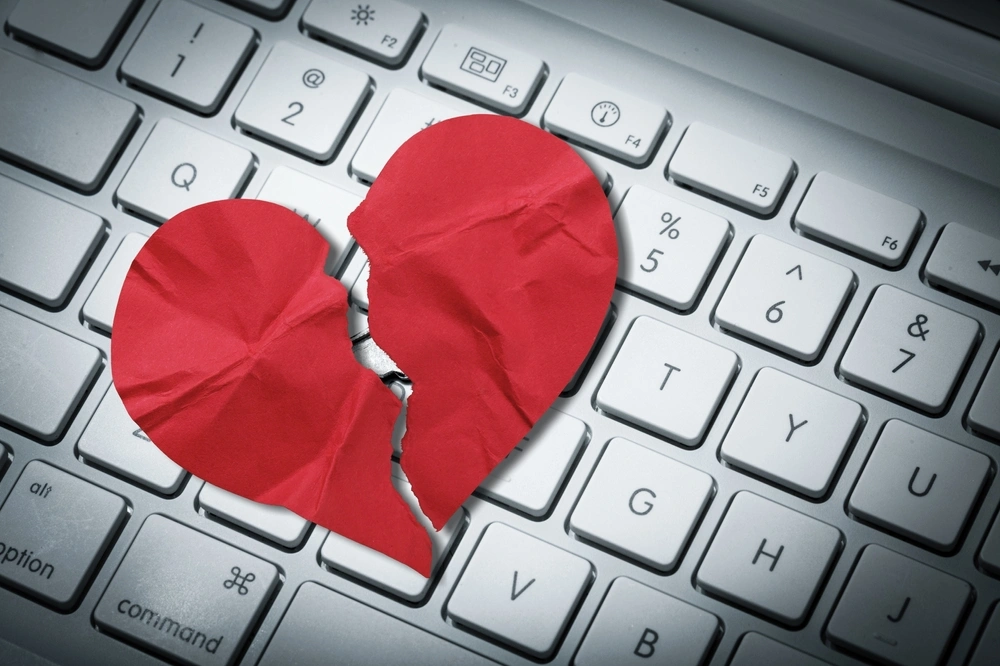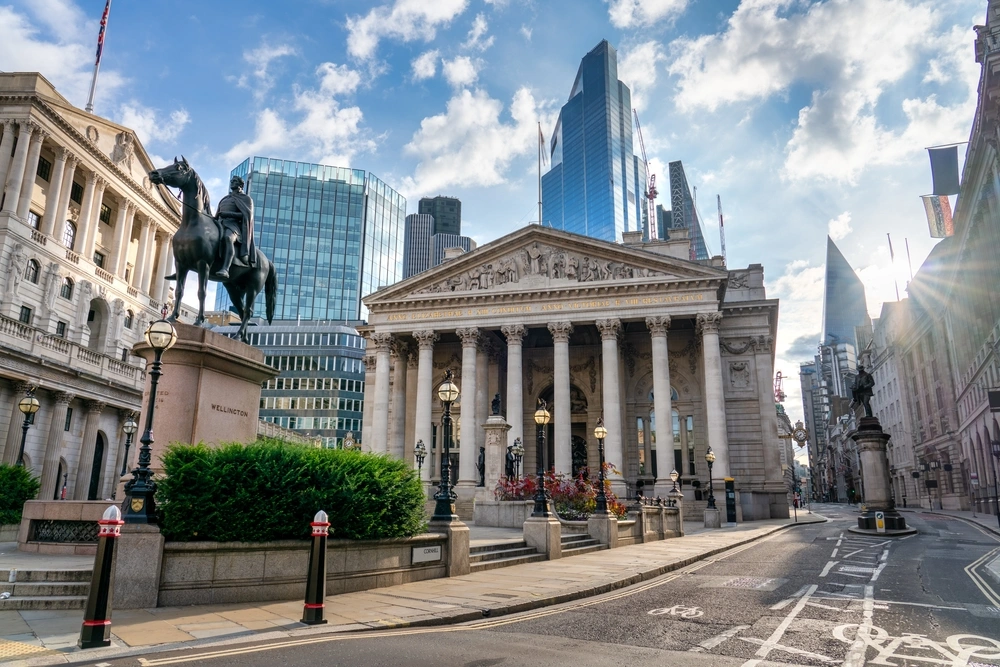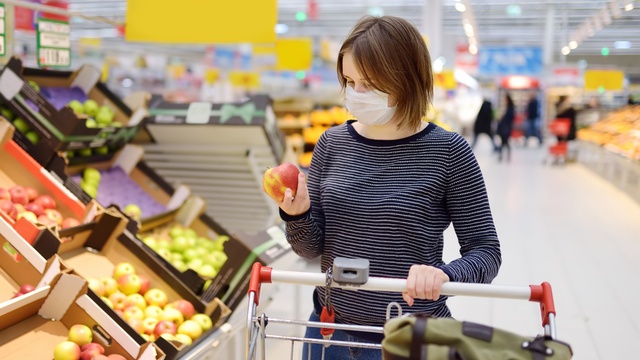Prices on all sorts of purchases are on the up, thanks to inflation, shortages and supply chain problems. But what does this mean for you?
We take a look at some of the things that have suddenly become more expensive, and if you can avoid paying more.
Second-hand cars
Second-hand car prices have risen drastically recently, with research by the AA showing that popular models are now worth as much as 57% more than they were two years ago.
Price increases on second-hand cars have been fuelled (pun intended) by a reduced number of brand-new vehicles rolling off production lines. Shortages in materials like computer chips, copper, aluminium and cobalt have slowed down manufacturing, causing many prospective buyers to turn to the nearly-new market to update their cars, rather than buying brand new. More demand for second-hand cars means higher prices.
How to get a good deal
Good deals on second-hand cars can still be found by shopping around, so it pays to do your research if you’re looking for a new(er) car. You may also be able to use the price surge to push up the part-ex price of your current vehicle. This could give you a slightly bigger budget to play with, or allow you to minimise how much of your savings you need to spend on a new car.
Coffee
According to Bloomberg, the price of Arabica beans, which are the most popular beans for coffee, hit its highest since 2014 in July 2021. In the last 12 months alone, prices are reported to have risen by 50%! But why?
Unusual weather damaged crops in Brazil, the world’s largest producer of coffee beans. On top of that, pandemic-related supply chain problems and export issues from Columbia, another leading coffee producer, are squeezing supplies and pushing prices up.
How to get a good deal
Because the big coffee brands buy their beans so far in advance, the prices you pay for your instant coffee in the supermarket or at one of the big coffee shop chains probably won’t increase for a while. Nevertheless, a great way to make sure you’re always getting a good deal is to check the pack or serving size on the coffee you buy. Making packs and servings smaller while keeping prices the same is a common tactic brands use to effectively raise prices, without customers always realising. Knowing exactly how much you’re getting for your money can make it easier to compare brands and find the best value deals.
If you’re more of a connoisseur and like to buy your coffee from a small business, you may already be seeing prices spike. To keep getting a good deal, you could consider swapping your usual Arabica bean coffee for one made from a different bean that’s cheaper and in more plentiful supply, like Robusta, which are – so far – less affected by the issues facing Arabica beans.
Energy bills
The soaring price of gas has been all over the news in recent months. The wholesale cost to suppliers has gone up, forcing many into administration as they simply couldn’t cover their costs. This means their customers have been moved to other suppliers, but on deals that may not be as good as the one they left behind.
How to get a good deal
At the moment, there isn’t one single solution that guarantees that you’ll get a good deal on your energy bills, whatever happens in the market. But, you can still make an educated decision on what’s likely to be best for you. Here are your options:
Stick with, or switch to a fixed-rate tariff
Opting for a fixed-rate tariff locks in the price you pay, and even if wholesale gas and electricity prices continue to rise, you won’t pay more until the end of your fixed-rate term, giving you plenty of time to save up for any price hikes you face then.
But, if wholesale prices start to come down, your fixed-rate tariff could become more expensive than the other offers available, effectively leaving you out of pocket. In this situation, you can choose to ditch that deal early and switch away, but you may have to pay early exit fees that eat into, or completely outweigh, the savings you get from switching.
Move onto, or stay on a standard variable tariff
Standard variable tariffs, or SVTs, are the default tariffs offered by suppliers. You’ll usually be moved onto an SVT when a fixed-rate deal you have comes to an end, or when you move home and inherit your energy supplier from the previous occupier of your home. The cost of SVTs is largely determined by the energy price cap, which is set by the energy regulators, Ofgem, to keep prices fair. If you’re on an SVT, then you can switch away at any time without penalty, so if you spot a decent fixed-rate deal, you can snap it up without worrying about exit fees.
The downside of sticking with an SVT is that it leaves you exposed to further price increases, and what you pay is determined by where the energy price cap is set. The price cap is reviewed twice a year, with the next review coming in February 2022 and in force from April 2022. An increase is expected, with the experts at The Tony Blair Institute for Global Change predicting that it could rise from £1,277 to about £1,800 – an increase of over £500!
Stay on your existing fixed-rate tariff
If you’re on a fixed-rate tariff and it’s not coming to an end any time soon, then the best thing to do is to stay put! The deal you locked in is more than likely far cheaper than anything currently available on the market, and because it’s fixed, it won’t change until the end of your fixed-rate term. When it comes to an end, you can shop around to see what’s available at that time, and – hopefully – lock in another deal that keeps your bills low.
Groceries (particularly crisps)
Prices in general were on the up in the latter part of 2021 and are predicted to continue to rise in 2022. The Office of National Statistics (ONS) reported that the Consumer Prices Index rose by 3.8% in the 12 months to October 2021, and by 4.6% in the 12 months to November 2021, and the Bank of England predicted inflation could exceed 5% in early 2022.
Groceries have played a large part in these increases, with market experts Kantar reporting that food prices hit a 14-month high in October. And, crisps have been particularly impacted, but why them?
According to Kantar, we can (partly) blame Coronavirus for this. During the height of the pandemic, supermarkets ran less promotions and discount deals to ensure they had stock on their shelves, and may not yet be quite back to normal. Recent shortages of Walker’s crisps caused by problems with an IT upgrade won’t have helped, either, although they should bounce back from these before we get too far into 2022!
How to get a good deal
Shopping around and buying different items from different supermarkets is one sure-fire way to get the lowest prices available for your groceries. But, if you decide to do this, keep an eye on how much extra travelling you’re doing in order to nab the best deals. If the cost of extra petrol or delivery fees outweighs the savings you’re getting, then you’d be better off shopping in one supermarket and paying a little more.
Newspapers and magazines
Statistics from the ONS show that the price of printed newspapers and magazines has steadily been increasing for a while. In the 12 months to November 2021, they increased by 5.85%, and that wasn’t even the biggest increase of the year! In the 12 months to June 2021, they shot up by 7.5%!
The reason for the price hike is partly down to the cost of paper. Paper has become more expensive thanks to increases in the cost of the raw materials required for papermaking, and the cost of energy to power production. On top of that, shrinking print circulations and advertisers continuing to move their budgets away from printed publications mean that prices for those who still want a newspaper or magazine through their letterbox are getting higher and higher.
How to get a good deal
Heading online is the cheapest way to get your news or magazine fix these days. Lots of publications have made their content available for free, thanks to advertisers giving them the income they need to be able to do this. But, if you prefer reading in print, or frequently find that articles you want to read are behind a paywall, then subscriptions to your favourite newspapers and magazines may be a good choice to get the best value for money.
For example, if you bought The Sun every day in print, switching to a digital subscription would save you approximately 50% compared to the price of buying six newspapers a week. Or, if your paper of choice is The Guardian, a print newspaper subscription can save you up to 37% compared to the retail price of the papers. Or, a digital subscription could save you up to 85% compared to buying the paper every day!
Looking for more ways to bag a bargain in 2022? Check out our Bargains Index to find the retailers that’ll give you the biggest discounts on your basket.
We don’t receive any financial gain for sharing links to products or brands.









